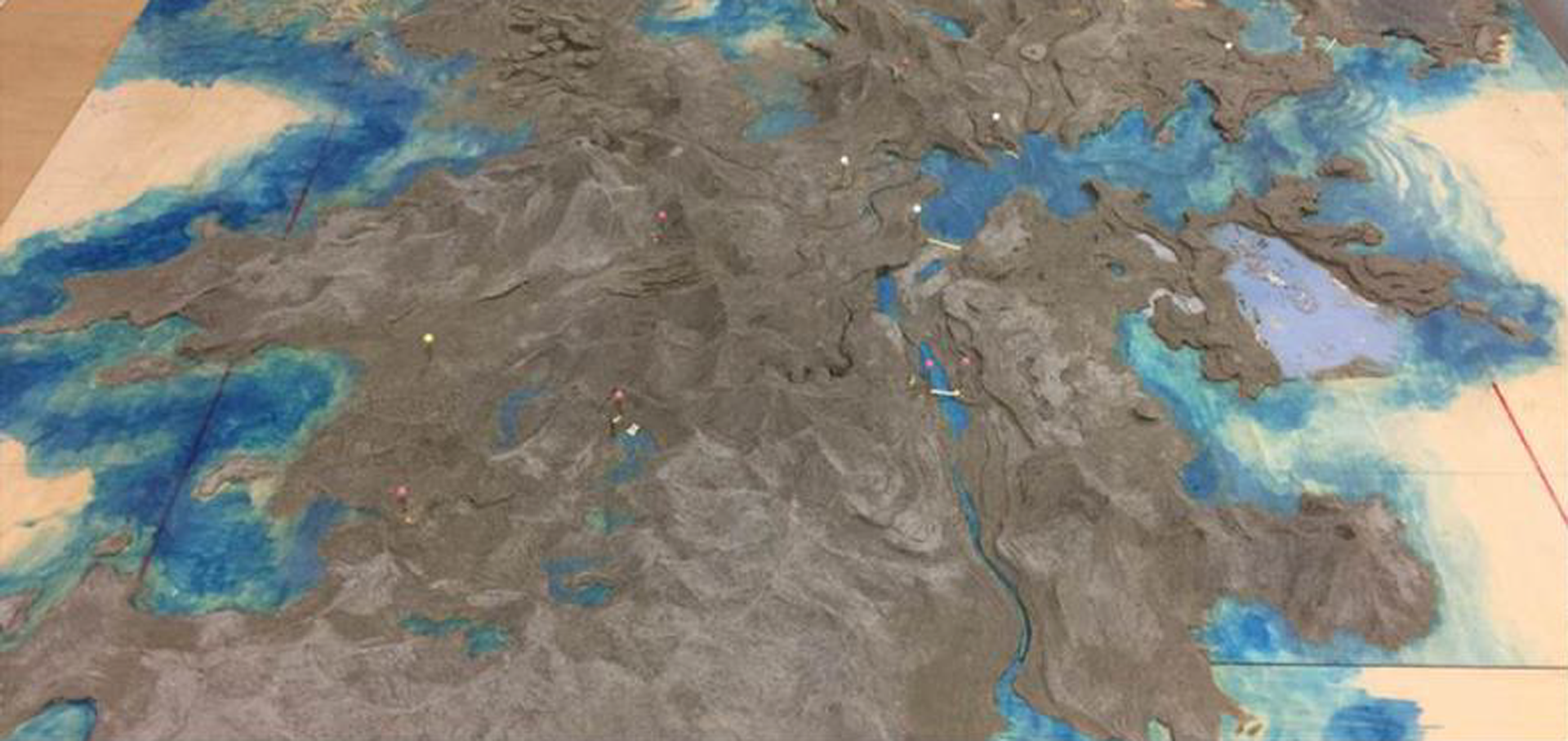“How to Build a Fantasy World based on Reality: A case study of FINAL FANTASY XV: Part I,II & III” by Hasegawa, Honjo, Sasaki, Hasuo, Suzuki, et al. …
Conference:
Type(s):
Title:
- How to Build a Fantasy World based on Reality: A case study of FINAL FANTASY XV: Part I,II & III
Presenter(s)/Author(s):
Abstract:
From the onset and during the course of development for FINAL FANTASY XV, we built our world around the theme: “a fantasy based on reality”. Under this slogan and based on this world, we created the real-time CG game FINAL FANTASY XV, as well as the pre-rendered CG movie KINGSGLAIVE FINAL FANTASY XV.
In this case study, we will explain the problems that we encountered, as well as the solutions we came up with when implementing the “fantasy world based on reality” in the making of FINAL FANTASY XV.
Reality has various aspects. For example, in order to create a world that is in a constant state of flux like the actual world we live in, we needed to support both time changes as well as changes in the weather. We also needed believable characters to inhabit the world we created. Moreover, we needed user interfaces and localization to realistically present this world to our users.
In this course, Part I, we will explain how we went about expressing this world that is in a state of flux. First, we will showcase our art based on the premise that our world view is a “fantasy based on reality”. Then, we will explain how we implemented the art into our environmental assets, by focusing primarily on our workflow. Next, We will explain our real-time rendering techniques that represents the time, sky, and weather system, and talk about VFX, as an additional fantasy element to the world. We will also talk about UI and localization and how we applied them to present the world both realistically and within the familiar framework of one’s culture. Finally, we will talk about KINGSGLAIVE FINAL FANTASY XV as an example of how to create large amounts of assets inside the story world.
Additional Information:
https://dl.acm.org/doi/10.1145/3134472.3134498
https://dl.acm.org/doi/10.1145/3134472.3134503





